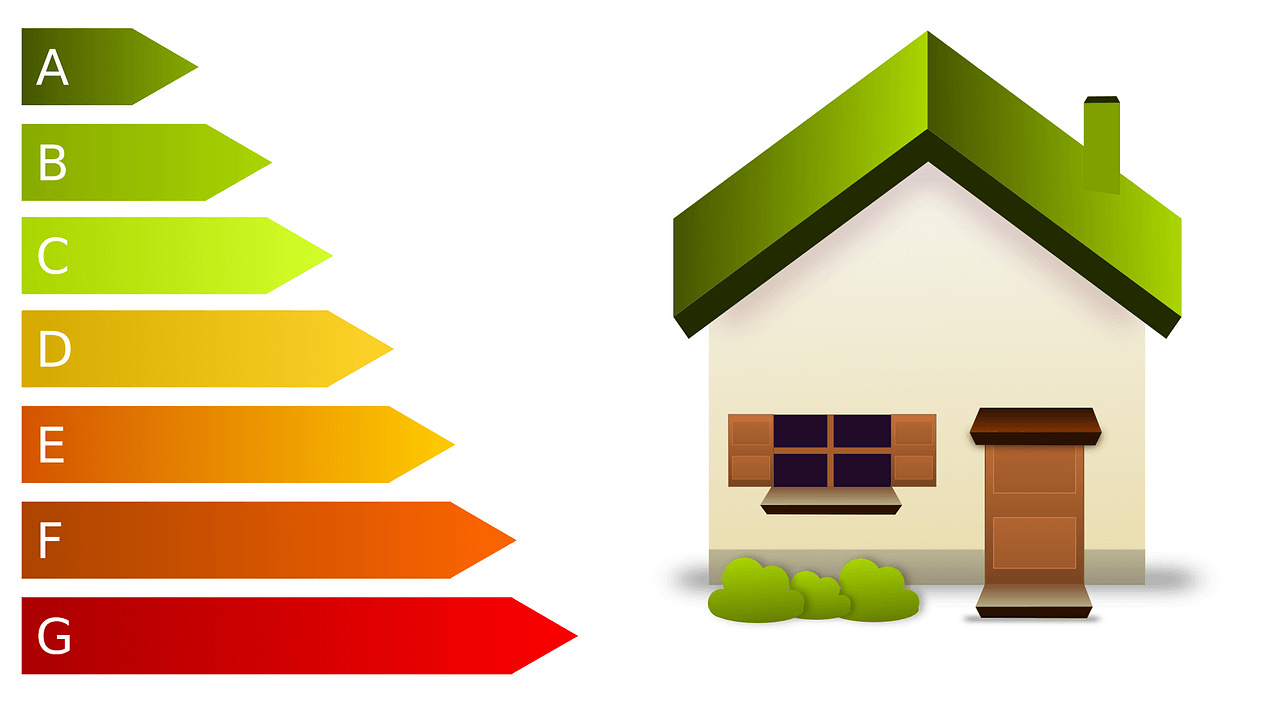Back in September 2020, the government launched the Green Homes Grant. The idea was to encourage homeowners to make their properties more energy-efficient through the provision of financial support. This ties in with the UK’s 2050 net-zero emissions target, which is aimed at making UK homes more energy efficient and ultimately, carbon neutral.
But what was the grant, and now that it has been cut, can we expect to see it again? Let’s demystify the Green Homes Grant.
Who Was Eligible For The Green Homes Grant?
As with all government schemes, the Green Homes Grant came with numerous qualifying criteria, meaning some households and homeowners in particular were eligible for the Green Homes Grant. Those who either own their own homes, including shared ownership or those who’re a residential landlord in the private or social rented sector. You needed to apply for a Green Homes Grant voucher by 31st March 2021, however.
How Much Can You Get With The Green Homes Grant?
The amount you can receive with the Green Homes Grant is absolutely not a one size fits all amount. The voucher typically covers up to two-thirds of the cost of your chosen home improvements, specifically with the aim of insulating and improving the green credentials of your home or property, with a maximum government contribution of £5,000.
However, if you, or someone in your household receives certain benefits, your voucher may cover up to 100% of the cost of your chosen improvements. The maximum overall government contribution towards the Green Homes Grant is £10,000.
How Can The Voucher Be Used?
The government divided the available home improvements into ‘primary’ and ‘secondary’ measures. In practice, this means that the biggest improvers when it comes to improving the energy efficiency of your home or property took priority.
Air leakage caused by reduced air tightness in any property will mean that the building envelope is not as robust as it ought to be. Therefore, air leakage will be more prominent in the property in question, causing reduced energy efficiency. Jostec provide air leakage testing for residents and property owners looking for a cost-effective way to reduce their carbon emissions and reduce their heating bills
Primary measures that can be taken to reduce air leakage and improve air tightness and energy efficiency include solid wall insulation, loft insulation and air source heat pumps. Secondary measures include draught-proofing, hot water tank insulation and double or triple glazing. You can see the full list here. Breaking down the function of the voucher, it covers costs in relation to labour, materials and VAT of the improvements listed. It is also worth noting that you can’t repair or replace existing features in your building with the voucher, for example, if your hot water tank is damaged, you cannot use a Green Homes Grant to replace or repair the fixture in question.
I Didn’t Apply in Time: What Are My Options for Future Grants?
While nothing has been confirmed, it may not be the end for the grant and future beneficiaries of the Green Homes Grant in the UK. It has been reported that plans to reboot the Green Homes Grant may be announced in the autumn spending review. It was encouraging, albeit a bare minimum requirement to see the Green Homes Grant introduced. Despite its various pitfalls, as well as uncertainty about its future, the grant represents a move to action and away from empty promises in the UK’s climate resolve.
It will be interesting to monitor energy saving policy in the next twelve months, as we approach and move beyond November’s COP 26 climate summit.
Looking to save energy in your home or building? Take a look at how we can help here.



